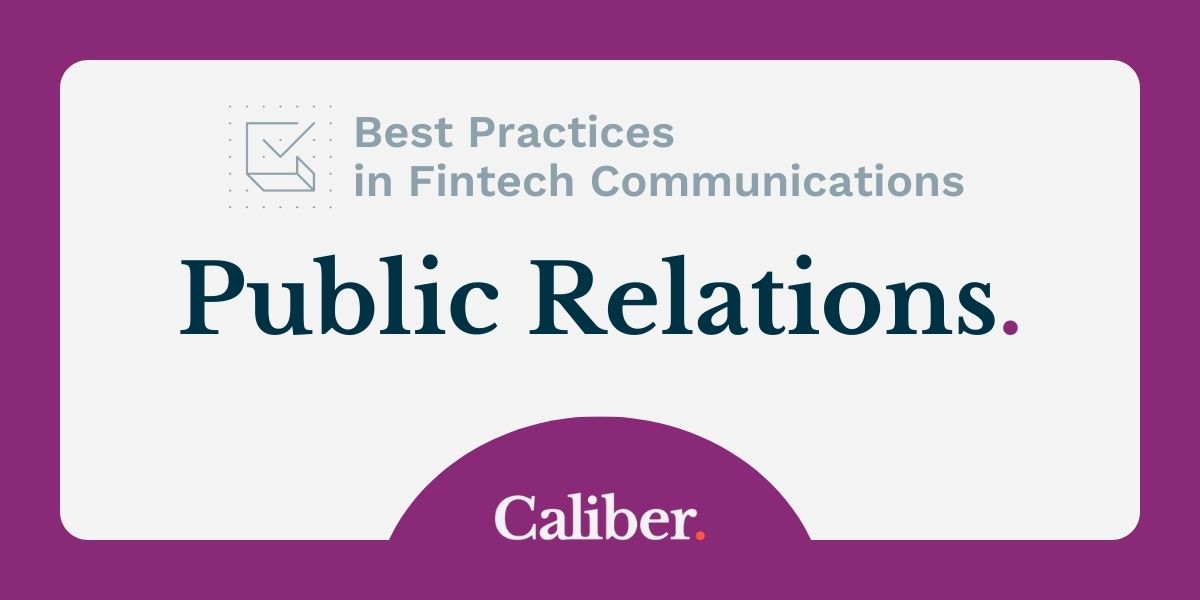There are No Timeouts in Real Life – Live Interviews are the Only Way to Do Media Training.

How do you prepare for an interview with a reporter? Live interviews are the only way to do media training.
No sports team would take the field without hours upon hours of drills and scrimmaging, and no boxing gym would put someone in the ring that hadn’t had a lot of sparring time. Whether in sports or media relations, learning by doing is the best way to become a pro. But unlike your favorite sport, there are no timeouts in real life. How do you prepare for an interview with a reporter? Live interviews are the only way to do media training.
No Timeouts and No Do-Overs
Caliber’s media training relies heavily on this kind of live-without-a-net exercise. We don’t stop the interview when it gets uncomfortable for a spokesperson—there’s no “timeout” or phone-a-friend when you’re on the record with the Wall Street Journal (or the New Jersey Pennysaver either). After a round of mock interviews, we’ll stop for feedback.
It can be painful to watch yourself on video or listen to a recording of your own voice; it’s even more so when you’re answering questions in a way you don’t like. But no pain, no gain: This discomfort leads to growth.
Practice Makes Perfect in Media Training
We can see marked improvements in a short time through mock interviewing. By putting spokespeople through the paces early, we see them take these stressful situations and learn from them quickly. The questions that tripped them up in round one they were able to navigate more artfully in round two. By round three, clients are feeling more confident and producing better answers.
After a few initial rounds of mock interviews, then we’ll review some tips:
- best practices
- dos and don’ts
- key talking points
- what not to say
- helpful bridging phrases
We send these materials to our clients ahead of time, but busy C-suite executives don’t always have time to read prep materials ahead of their appointments. Not to worry; after a few rounds of being on the hot seat, these lessons on media tips and best practices will resonate.
Then it’s back to more real-time, real-life media scenarios. We’ll rephrase previous questions as well as throw new curveballs at the trainees; this tests how they’ve improved from the earlier rounds and reveals how they handle new problems.
For those of us who came to public relations from careers as journalists, as I did, it’s a chance to put on our reporter hats again. Having this background proves useful; former journalists can pick apart a turn of phrase and tell our spokespeople how we would build a story angle out of it.
In some cases, we may adapt our media training for clients who have upcoming panel interviews and have Caliber team members play the roles of panelists or moderators.
The Bottom Line
There are some nuances between each client’s unique situation, but the essence—keep cool under pressure and get your message across—remains the same no matter who you are or what type of business you run. And in each case, training for spokespeople revolves around the kind of true-to-life exercises where the tough questions keep coming and there’s no way out but to get through it.
Up Next.
Fintech Event Roundup Fall 2022.
Read More

